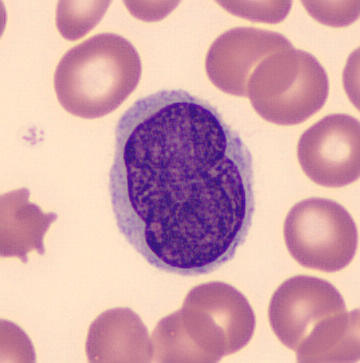Buttock Cells on:
[Wikipedia]
[Google]
[Amazon]
 Buttock cells are cells having a notched appearance that are found in certain malignancies, such as
Buttock cells are cells having a notched appearance that are found in certain malignancies, such as
 Buttock cells are cells having a notched appearance that are found in certain malignancies, such as
Buttock cells are cells having a notched appearance that are found in certain malignancies, such as non-Hodgkin's lymphoma
Non-Hodgkin lymphoma (NHL), also known as non-Hodgkin's lymphoma, is a group of hematological malignancy, blood cancers that includes all types of lymphomas except Hodgkin lymphomas. Symptoms include lymphadenopathy, enlarged lymph nodes, fever ...
(including follicular lymphoma
Follicular lymphoma (FL) is a cancer that involves certain types of white blood cells known as lymphocytes. The cancer originates from the uncontrolled division of specific types of B-cells known as centrocytes and centroblasts. These cells normal ...
), mycosis fungoides
Mycosis fungoides, also known as Alibert-Bazin syndrome or granuloma fungoides, is the most common form of cutaneous T-cell lymphoma. It generally affects the skin, but may progress internally over time. Symptoms include rash, tumors, skin lesion ...
, and Sézary syndrome.
See also
*Clue cell
Clue cells are epithelial cells of the vagina that get their distinctive stippled appearance by being covered with bacteria. The etymology behind the term "clue" cell derives from the original research article from Gardner and Dukes describing the ...
* Koilocyte
A koilocyte is a squamous epithelial cell that has undergone a number of structural changes, which occur as a result of infection of the cell by human papillomavirus (HPV). Identification of these cells by pathologists can be useful in diagnosing ...
* Large cell
Large cell is a term used in oncology. It does not refer to a particular type of cell; rather it refers to cells that are larger than would be normally expected for that type. It is frequently used when describing lymphoma and lung cancer.
It was ...
References
Blood cells Lymphoma {{oncology-stub